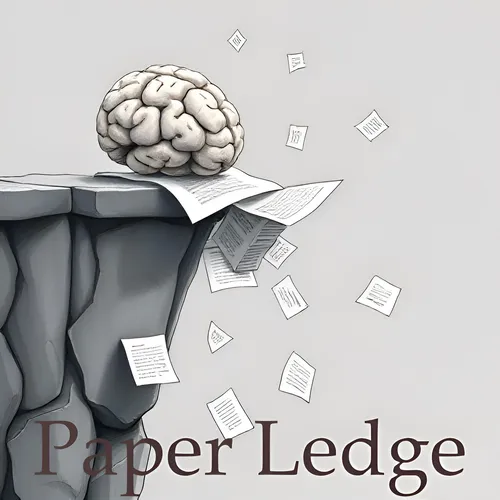Computer Vision - Generalist Forecasting with Frozen Video Models via Latent Diffusion
- Author
- ernestasposkus
- Published
- Tue 22 Jul 2025
- Episode Link
- https://www.paperledge.com/e/computer-vision-generalist-forecasting-with-frozen-video-models-via-latent-diffusion/
Hey PaperLedge listeners, Ernis here, ready to dive into some fascinating research! Today, we're talking about predicting the future... well, at least the very near future, like the next few seconds in a video clip.
Think about it: being able to anticipate what's going to happen is super important for pretty much anything that's trying to act intelligently. Whether it's a self-driving car navigating traffic or a robot picking up a tool, they need to be able to guess what's coming next.
So, what if we could train computers to be better at predicting these short-term events? That's exactly what this paper explores! The researchers found a really interesting link: how well a computer "sees" something is directly related to how well it can predict what happens next. Imagine someone who's near-sighted trying to guess where a baseball will land – they're at a disadvantage compared to someone with perfect vision, right? It's kind of the same idea.
Now, the cool thing is, this connection holds true for all sorts of different ways computers are trained to "see." Whether they're learning from raw images, depth information, or even tracking moving objects, the sharper their initial understanding, the better their predictions.
Okay, but how did they actually do this research? Well, they built a system that's like a universal translator for vision models. They took existing "frozen" vision models – think of them as pre-trained experts in seeing – and added a forecasting layer on top. This layer is powered by something called "latent diffusion models," which is a fancy way of saying they used a special type of AI to generate possible future scenarios based on what the vision model already "sees." It's like showing a detective a crime scene photo and asking them to imagine what happened next.
Then, they used "lightweight, task-specific readouts" to interpret these future scenarios in terms of concrete tasks. So, if the task was predicting the movement of a pedestrian, the readout would focus on that specific aspect of the predicted future.
To make sure they were comparing apples to apples, the researchers also came up with a new way to measure prediction accuracy. Instead of just looking at single predictions, they compared the overall distribution of possible outcomes. This is important because the future is rarely certain – there are always multiple possibilities.
- For data scientists in the audience: think of comparing probability distributions rather than individual point estimates.
So, why does all of this matter? Well, according to the researchers, it really highlights the importance of combining how computers see the world (representation learning) with how they imagine the world changing over time (generative modeling). This is crucial for building AI that can truly understand videos and, by extension, the world around us.
"Our results highlight the value of bridging representation learning and generative modeling for temporally grounded video understanding."
This research has implications for a bunch of fields: robotics, autonomous vehicles, video surveillance, even creating more realistic video games! It's all about building smarter systems that can anticipate what's coming next.
But it also raises some interesting questions:
- Could this approach be used to predict more complex events, like social interactions or economic trends?
- How do we ensure that these forecasting models are fair and don't perpetuate existing biases in the data they're trained on?
Food for thought, right? That's all for this episode of PaperLedge. Keep learning, everyone!
Credit to Paper authors: Jacob C Walker, Pedro Vélez, Luisa Polania Cabrera, Guangyao Zhou, Rishabh Kabra, Carl Doersch, Maks Ovsjanikov, João Carreira, Shiry Ginosar
